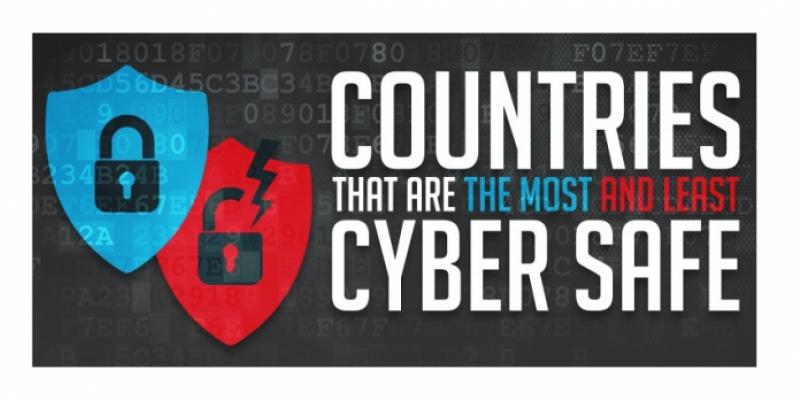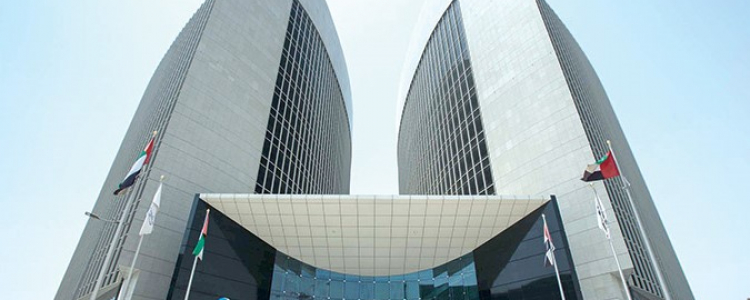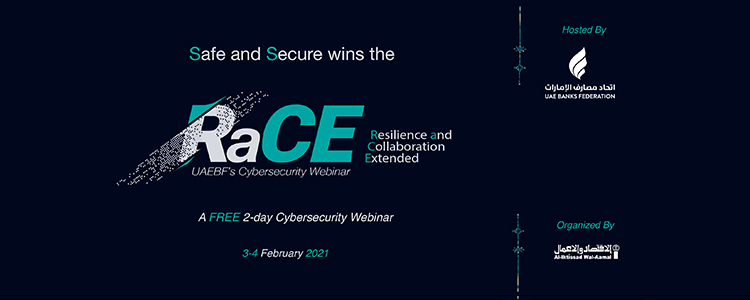
Which Countries are most vulnerable to Cyber Attacks?
This year, the most severe hacks have targeted governments and affected some of their highly critical infrastructure: the UK’s National Health Service, the UK Parliament, Bangladesh’s Central Bank, Ukraine’s infrastructure, including its parliament and Central Bank.
Tech services firm, CompariTech, has come up with some statistics on countries that are the least prepared to face cyber-attacks and those that are the most susceptible targets to cybercriminals. There were some interesting outliers amongst the data sets.
It turned out that the countries with the lowest malware infection rates in computers were: Sweden (19.88%), Finland (20.65%), Norway (21.63%), Japan (22.24%), Belgium (22.78%), and the United Kingdom (23.38%).While, those withthe highest malware infection rates in computers were: China (49%), Taiwan(47.34%), Turkey (40.99%), Russia (38.95%), Guatemala (37.56%), and Mexico (36.89%).
The countries where most users were attacked by ransomwarewere: India(9.6%), Russia (6.41%), Kazakhstan (5.75%), Italy (5.25%), Germany (4.26%), Vietnam (3.96%), Algeria (3.9%), Brazil (3.72%), Ukraine (3.72%), and the United States (1.41%).
Cyber espionagehas not spared any country, and those that were the most hit were the United States (54%), South Korea (6%), Japan (4%), Russia (3%), Columbia (2%) and Ukraine (2%). Government officials in the United States are calling it the biggest threat to America's economic security. In addition, cyber spies hacking into U.S. corporations' computer networks are stealing valuable trade secrets, intellectual property data and confidential business strategies.
Furthermore, the average cost of cybercrime reached $17.36 million in the United States, $8.39 million in Japan, $7.84 million in Germany , $7.21 million in the United Kingdom , $5.27 million in Brazil, and $4.3 million in Australia.
When it comes to the MENA region, Oman emerged as one of the 10 best prepared countries to face cyber-attacks along with the United States, Canada, Estonia, Germany, Norway, Brazil, Malaysia, Australia and New Zealand.
Alternatively, in the recent 2017 FM Global Resilience Index, the Middle East has emerged as the most vulnerable region to cyber-attacks and associated risks. The Index has ranked 130 countries based on indicators like resilience against cyber-attacks, natural hazards and supply chain failure.
In terms of vulnerability to cyber-threats, Middle Eastern countries including the United Arab Emirates, Saudi Arabia, Oman and Qatar were featured among the top five countries with above-average inherent cyber-risk. Bahrain tops the group of 130 countries in this parameter, scoring zero in the process followed by UAE, Saudi Arabia, Qatar, Azerbijan and Russia.







